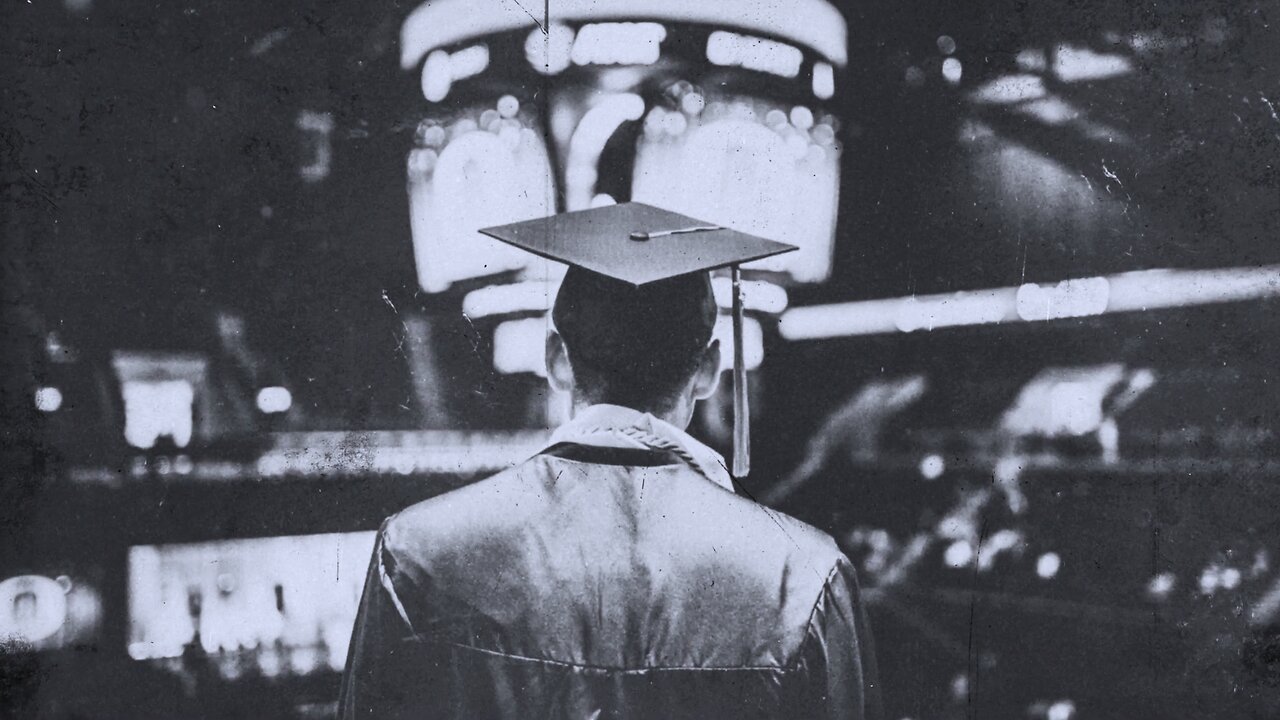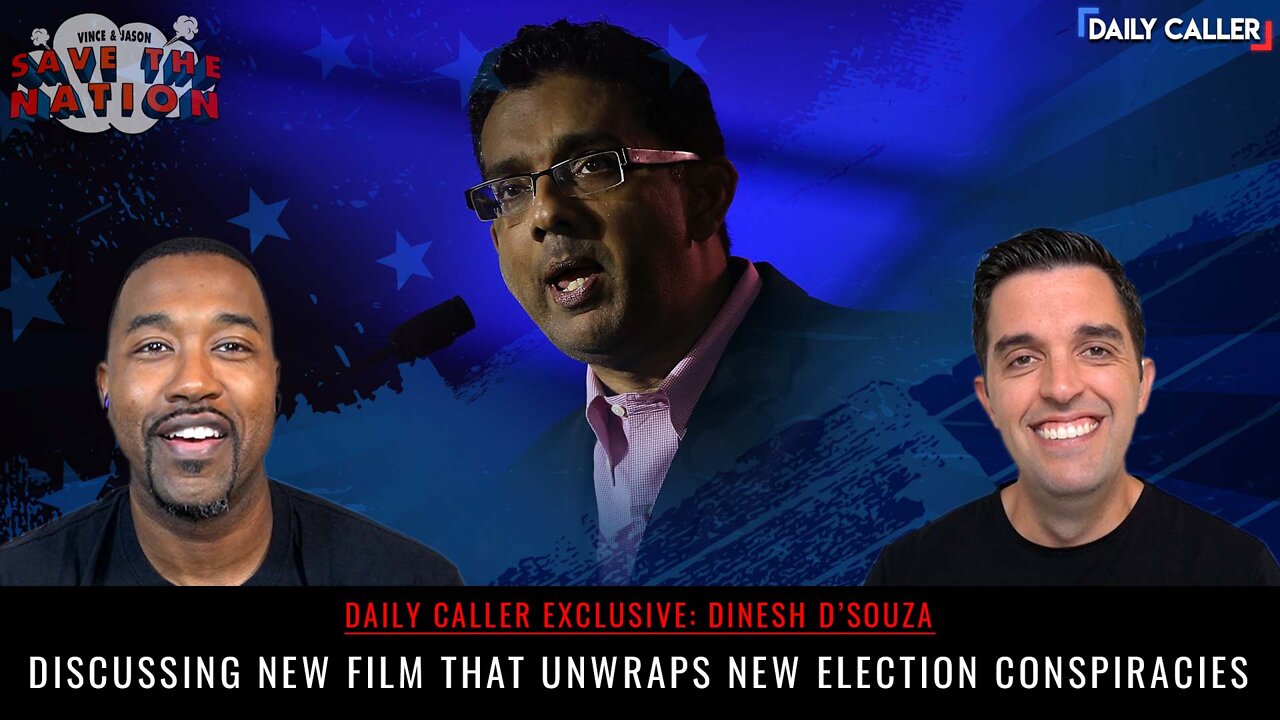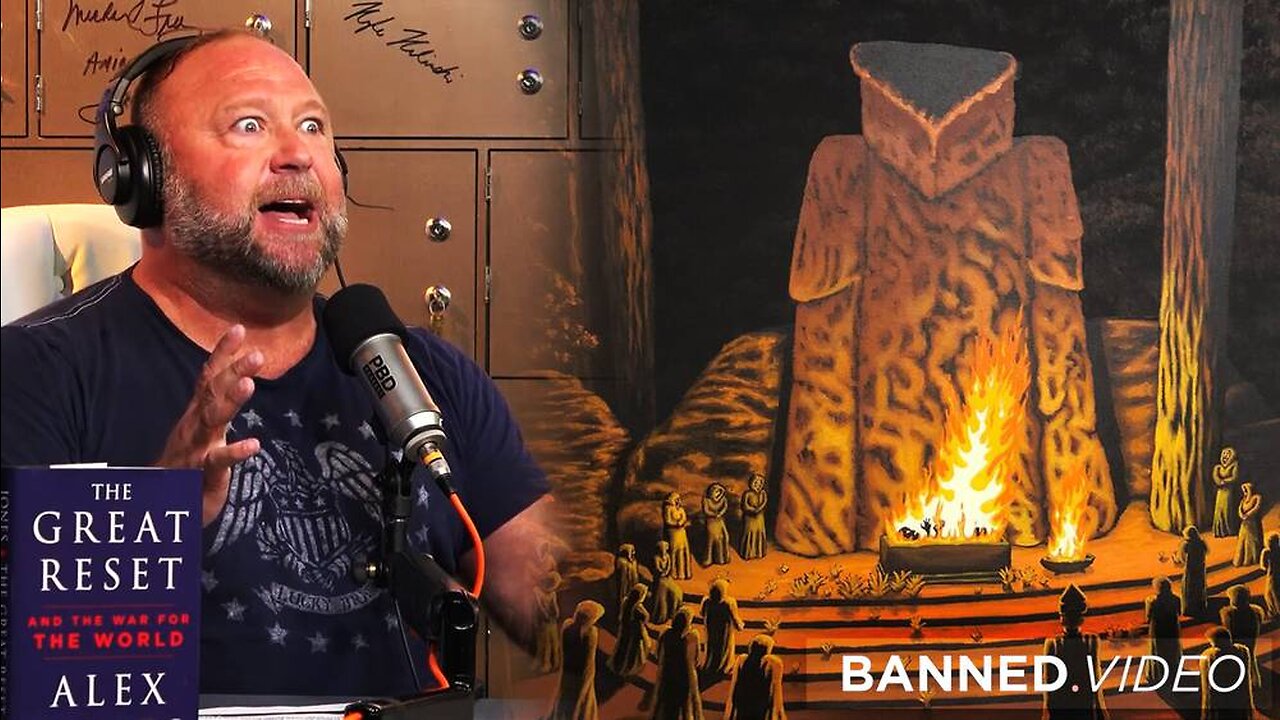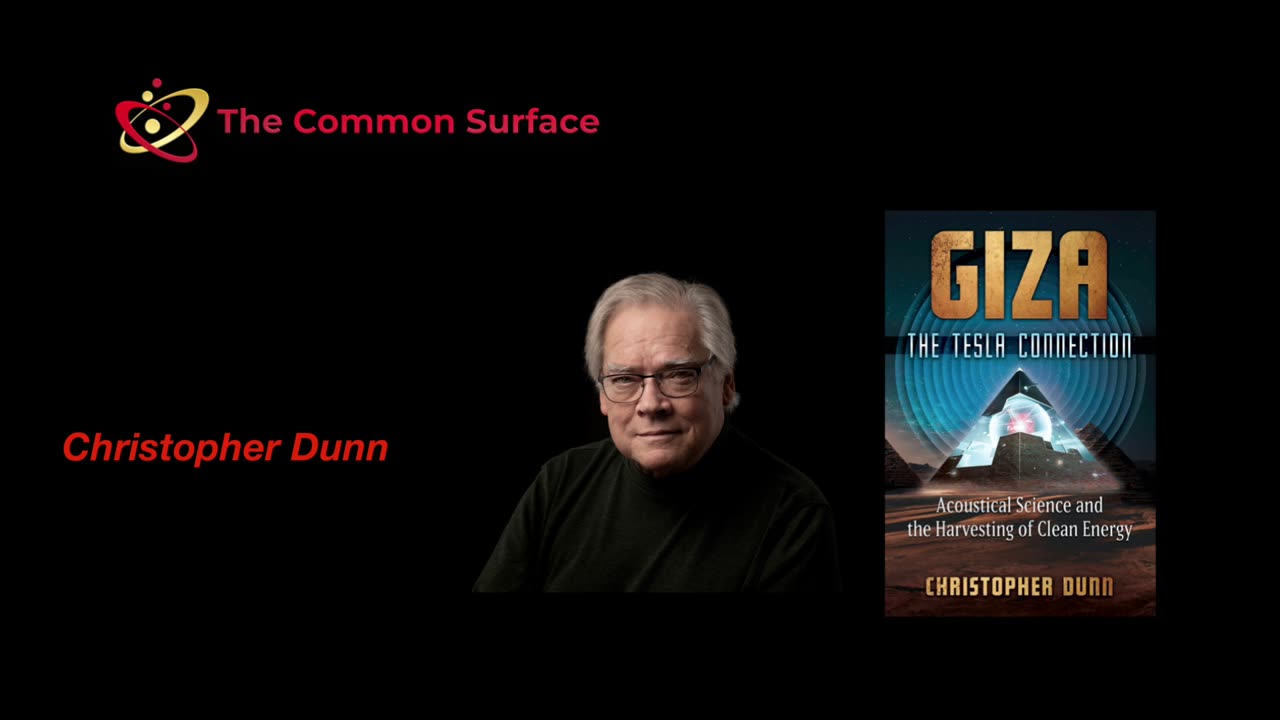Christopher Rufo - The Assault on American Culture
THE STORY OF CHRISTOPHER COLUMBUS 1940s EDUCATIONAL FILM 68044
This 1948 film, from Encyclopaedia Britannica Films, dramatizes the story of Christopher Columbus, starting with his childhood years in Genoa up to landing at what became San Salvador. Columbus as a young boy plays with his brother in Genoa. The film shows the sea port of the Italian republic. In a store, Columbus talks with a merchant sailor. Other merchants talk to Columbus about sailing the world. As a young man, Columbus charts a course to the west on a map (03:28). Columbus and his brother Bartholomew discuss sailing to Cathay via a westward route. King John II of Portugal reclines while eating fruit as he tells Columbus he’s not interested in financing the expedition (05:50). Columbus sits with his son just off a dirt road when he is greeted by a Spanish friar. Viewers see a Spanish mission (07:51); inside, Columbus talks with the friar. The film shows what appears to be a Spanish cathedral, presumably one in Aragon (08:28). King Ferdinand II of Aragon and Queen Isabella I of Castile listen to Columbus and the Treasurer of Aragon petition for support for the voyage. A Spanish soldier rides up on a horse to stop Columbus as he walks to France (11:07). The film shows Columbus overseeing the construction of a ship. A ship (presumably the carrack Santa Maria) is out at sea (13:04). On deck members of the crew sit around a fire. Columbus and his men celebrate the sighting of land (14:30). They go ashore in a small boat with the standards of Ferdinand and Isabella. The Spanish sailors meet with the indigenous people of the island Columbus names San Salvador, concluding the film. Christopher Columbus (before 31 October 1451 – 20 May 1506) was an Italian explorer, navigator, and colonist who completed four voyages across the Atlantic Ocean under the auspices of the Catholic Monarchs of Spain. He led the first European expeditions to the Caribbean, Central America, and South America, initiating the permanent European colonization of the Americas. Columbus discovered the viable sailing route to the Americas, a continent which was not then known to the Old World. While what he thought he had discovered was a route to the Far East, he is credited with the opening of the Americas for conquest and settlement by Europeans. Columbus's early life is somewhat obscure, but scholars generally agree that he was born in the Republic of Genoa and spoke a dialect of Ligurian as his first language. He went to sea at a young age and travelled widely, as far north as the British Isles (and possibly Iceland) and as far south as what is now Ghana. He married a Portuguese woman and was based in Lisbon for several years, but later took a Spanish mistress; he had one son with each woman. Though largely self-educated, Columbus was widely read in geography, astronomy, and history. He formulated a plan to seek a western sea passage to the East Indies, hoping to profit from the lucrative spice trade. After years of lobbying, the Catholic Monarchs of Spain agreed to sponsor a journey west, in the name of the Crown of Castile. Columbus left Spain in August 1492 with three ships, and after a stopover in the Canary Islands made landfall in the Americas on 12 October (now celebrated as Columbus Day). His landing place was an island in the Bahamas, known by its native inhabitants as Guanahani; its exact location is uncertain. Columbus subsequently visited Cuba and Hispaniola, establishing a colony in what is now Haiti—the first European settlement in the Americas since the Norse colonies almost 500 years earlier. He arrived back in Spain in early 1493, bringing a number of captive natives with him. Word of his discoveries soon spread throughout Europe. We encourage viewers to add comments and, especially, to provide additional information about our videos by adding a comment! See something interesting? Tell people what it is and what they can see by writing something for example: "01:00:12:00 -- President Roosevelt is seen meeting with Winston Churchill at the Quebec Conference." This film is part of the Periscope Film LLC archive, one of the largest historic military, transportation, and aviation stock footage collections in the USA. Entirely film backed, this material is available for licensing in 24p HD, 2k and 4k. For more information visit http://www.PeriscopeFilm.com


















































